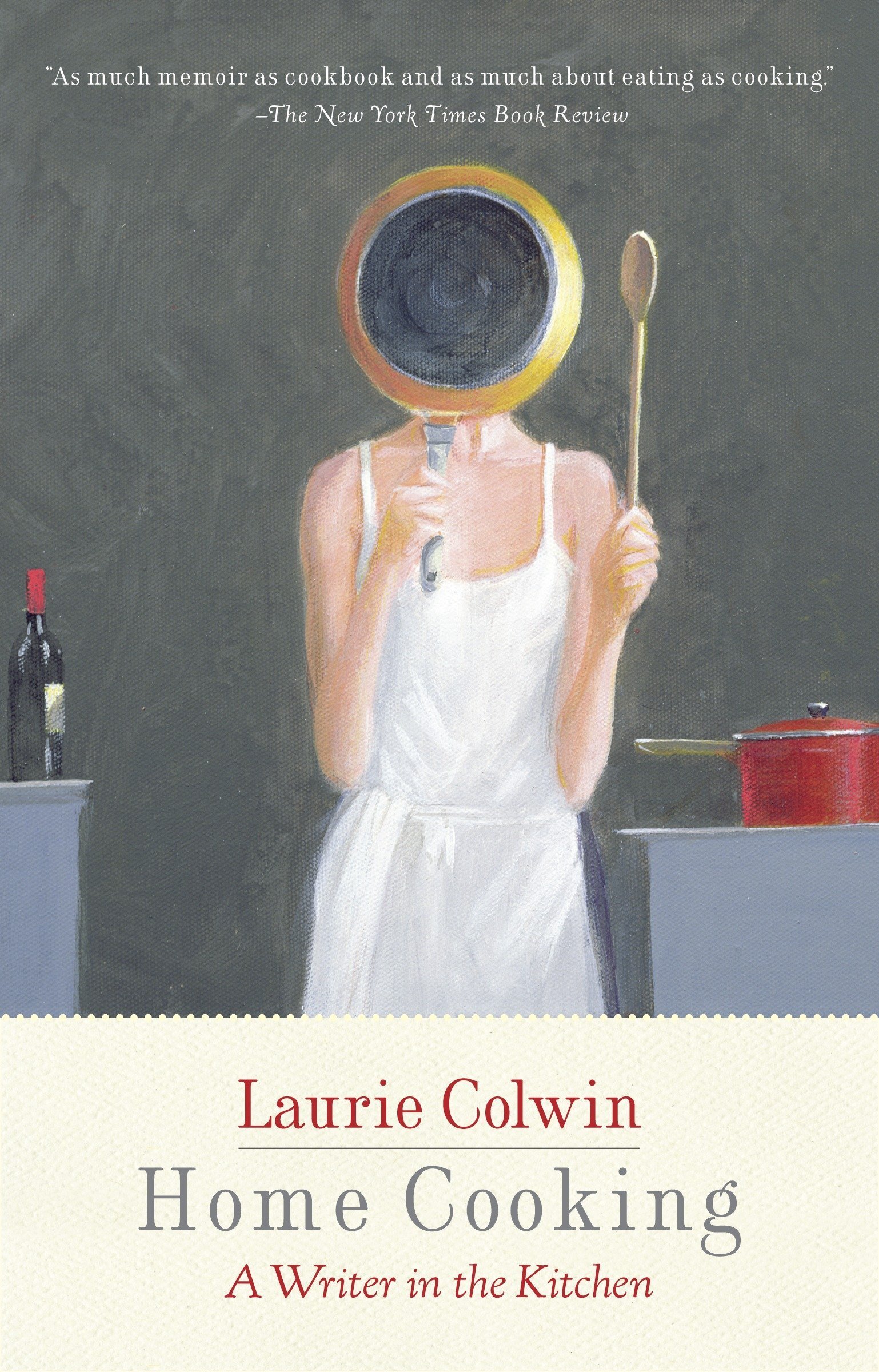Home Cooking by Laurie Colwin
A review of Laurie Colwin’s memoir and food book Home Cooking.
“No one who cooks, cooks alone. Even at her most solitary, a cook in the kitchen is surrounded by generations of cooks past, the advice and menus of cooks present, the wisdom of cookbook writers.”
Home Cooking by Laurie Colwin (1988). Republished by Harper Perennial in 2000.
Recently, ever since reading Michelle Zauner’s memoir Crying in H Mart, it’s as if a new world opened up to me. I never realized that food writing and food journalism was a legitimate set of genres, ones that were thriving in the digital world. And so, after reading Zauner’s memoir, I sought out to read all the food writing I could. In my journey to read all the best food writing, it led me to Laurie Colwin’s book Home Cooking being recommended over and over again. Saw a used copy for sale, recognized it from the recommendations, and picked it up immediately. On Memorial Day I sat and read the entire book in one sitting.
I don’t read cookbooks and am new to the genre of food writing, so this was an interesting experiment of sorts to dip my toes in the water of the genre. Colwin, according to my research, is a pioneer in the genre. She mixed this concept of recipes and memoir in her writing, creating a holistic format that is being used to this day. She died pretty young, cutting short her great career, but she truly made her mark in the industry, something that I, as someone who was not alive during her era, admire greatly.
Let’s hop straight into this unique, quirky read.
Content / Writing
I’m going to be frank about this part of the book: I did not care for the recipes contained within this book. They’re very white, so European or American based. At one point of the book, she admits the shock of trying Chinese food for the first time, and I really can’t judge because this is a completely different time. Colwin is a privileged white woman in NYC, although I didn’t get rich vibes, and so I can’t really impose modern ideologies on her. It’s just a different time reading this, one where we have a hybrid cuisine in the United States, especially in New York City. They’re recipes that would’ve appealed more to the time period, although I see where some might find these as more classic recipes.
What I enjoyed about the book was the actual memoir part, how she describes eating and cooking as a social act within her own life. We get tidbits about life in New York during the time she was alive and living in Manhattan, as well as her experiences trying to be a writer and a cook. We get a glimpse into her domestic life, especially because she does not have a job where she needs to go out. She’s a writer, and she writes wherever she wants—so in her apartment. I found myself smiling and laughing at some parts, especially when she describes her shoebox apartment in Greenwich Village. All of us not rich in NYC know that story of the shoebox apartment. Mine in Brooklyn was tiny despite being $950 out of my pocket a month.
The writing was so good and vivid, it really caught my attention and flowed so well. I kept reading and didn’t notice all this time had passed, and so I read the book in one sitting. It wasn’t a big book, only about 170 pages or so, which wasn’t too bad. She also shares all of her biggest mistakes in the kitchen, which is heartwarming. When we see chefs and people in industry, we see them as perfect individuals doing all these great things. But they’re human too and mess up, which Colwin depicts quite well.
One thing I always gripe about when it comes to essays is that they’re too long. I really didn’t feel that with this book, they varied and were the perfect lengths. I guess one positive thing about that is that if you don’t care about the recipes, like I did, you can just skip them and move on. You won’t miss much if you skip the actual recipe, I promise you that.
Overall Thoughts
This felt like talking to a friend about food and cooking, despite the obvious age differences, experiences, and time period that Colwin and I had lived through. I really enjoyed that at the end of the day, and thus recommend having a copy of this book around, not just borrowing it from the library. It’s something I definitely think I would reread again!
